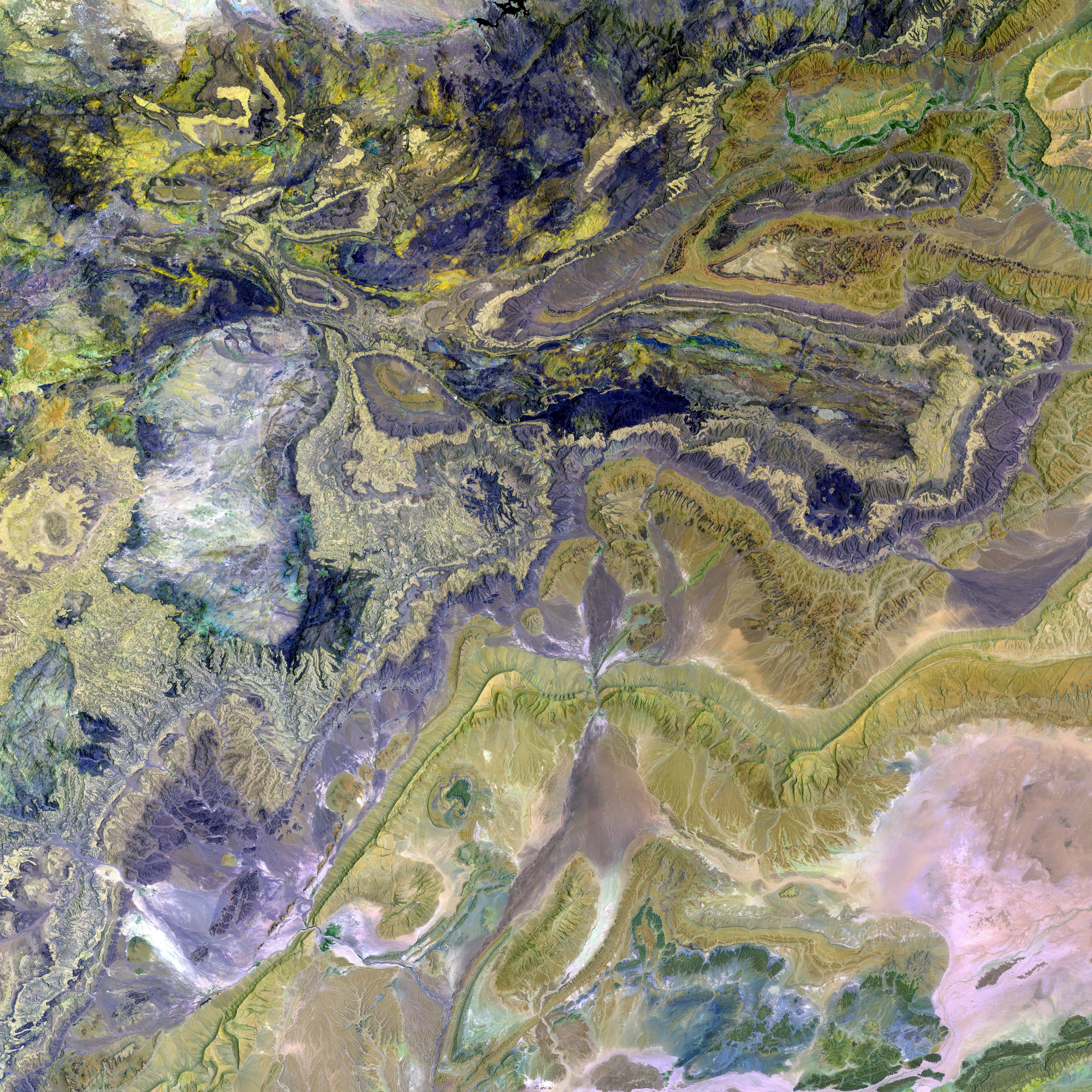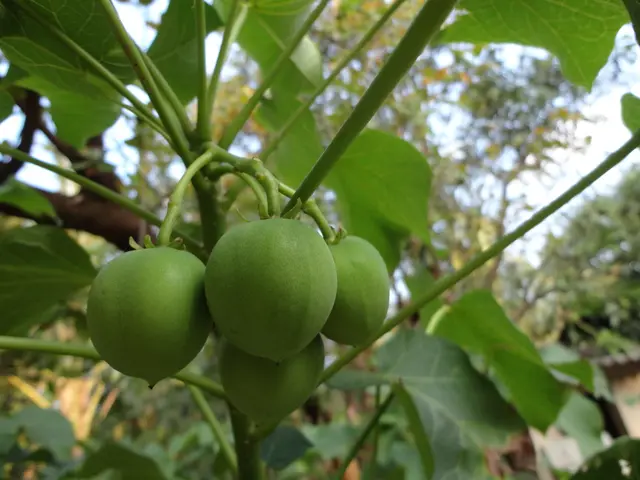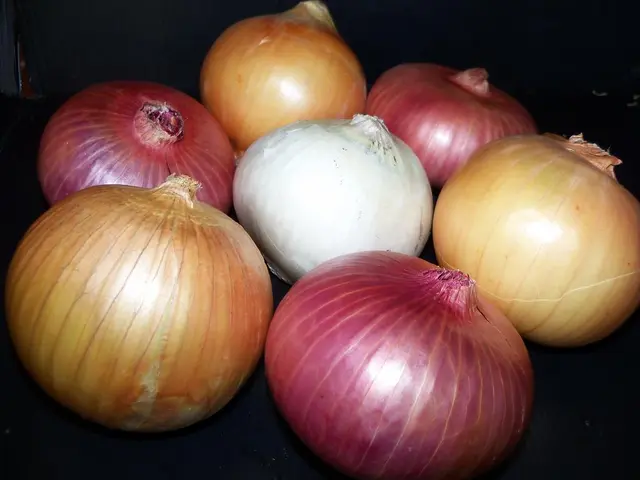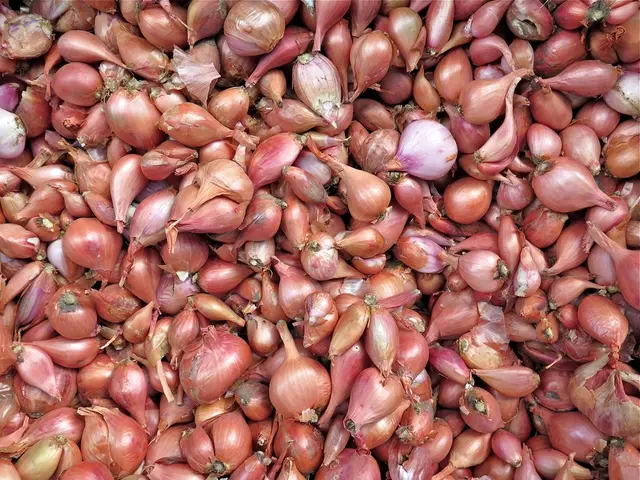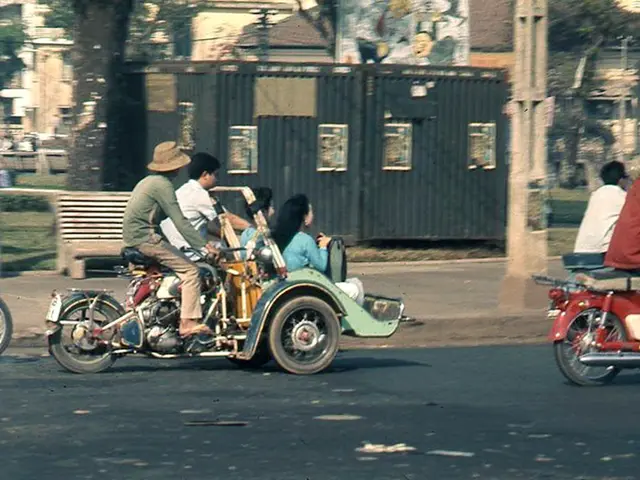All Activity Sown in May
Fresh and Fiery Guide to May Gardening
Hey gardeners! With May just around the corner, it's time to roll up our sleeves and get our hands dirty. Though the primary focus is moving plants into the ground, there's still a whole lot of seeding to be done!
Inside the cozy confines of our homes, we're prepping late-planted veggies like cucumbers and another round of annual flowers, such as stock and celosia. Out in the great outdoors, we're starting direct seeding vegetables like corn and beans, and sun-loving annuals such as the mighty sunflower. Don't forget about your eco-friendly lawn! May's the perfect time to start, reseed, or overseed it.
Embrace Your Inner Hippie: Eco-Lawn Time!
Crave some grass mayhem? Seize the last drips of rain to help your eco-lawn or clover lawn germinate. Fear not, you don't need to convert your entire yard if you're feeling apprehensive. Try out a smaller patch of clover to give it a whirl. For the best results, avoid creating a single-seed species monoculture, so go ahead and mix in other low-lying flowers like yarrow, English daisy, and multiple types of clover for a colorful, clover paradise!
Annual Flowers: Bold Blooms Galore!
In many parts of the U.S., you'll start to see some sweet sunshine this month, making it perfect for direct seeding annuals like wildflowers right in the ground. Keep a keen eye on the seed packet for instructions on depth-many seeds cannot germinate if you simply scatter them on top of the soil; they need a cozy layer of soil instead. Your sunflower seeds, for instance, are like Goldilocks' porridge and need a depth of around an inch or so. Tiny seeds such as celosia can remain on the surface, but marigolds and zinnia must be planted about half an inch deep. If you're feeling a wild, scatter-gunned approach, go ahead and toss the seeds all over the place, just make sure to scratch up the area for good seed-to-soil contact, cover with soil, pat it down, and water.
Summer's fleeting nature calls for action. If you haven't planted annual flower starts, whip them into shape pronto, ideally before the end of May. Dream big with ideas like a flower wall or a row of sunflowers to mark the boundary of your garden.
Direct-Sown Vegetables: Time to Get Dirty!
Although many prefer to buy vegetable starts at the nursery, some veggies are fast-growers that prefer not to have their roots disturbed. So, you can get them straight into the ground!
No need to seed beans indoors; they grow quick, have shallow roots, and are best sown outside. Keep in mind that beans are either bush type or vine type, and both need support, but vining beans can grow up to twelve feet tall, so get ready to provide them with some serious support.

Cucumbers are a cinch to seed outside, and they're excellent for succession planting later in the month. Grow them on a trellis designed for them to get better use of space and cleaner cucumbers.
Pumpkins and squash are great choices for direct sowing. Pumpkins and many squash varieties will germinate quickly. For pumpkins, try placing two or three seeds in a hill of compost, then let Mother Nature do her thing.
Embrace the Cycle: Succession Seeding
Take advantage of the last spring rains to germinate additional rounds of carrots, radishes, lettuce, green onions, beets, and kohlrabi. Space out the seedings about a week apart to ensure a continuous supply. My favorite hack for supplying summer lettuce is to direct seed a long trough planter with lettuce, but a corner of a planting bed will work too. Dump the entire packet of seeds on the top layer of soil, mix thoroughly, water, and let nature take its course. As the seedlings grow, thin the crop and transplant some to the garden for continued fresh greens.
Stay tuned for our guide on seeding indoors! Meanwhile, let your inner Grizzly Adams shine, and happy gardening!
[1] Gardening Know How. (n.d.). How to Plant Annuals. Retrieved March 03, 2023, from https://www.gardeningknowhow.com/garden-how-to/vegetables/annual-vegetable-gardens.htm
[2] The Old Farmer's Almanac. (2022). Direct Sown Vegetable Planting By Day. Retrieved March 03, 2023, from https://www.almanac.com/plant/direct-sown-vegetable-planting-by-day
[3] Potomac Vegetable Farm. (2018). Succession Planting in the Garden: A Step-by-Step Guide. Retrieved March 03, 2023, from http://potomacvegetablefarmblog.com/succession-planting-in-the-garden-a-step-by-step-guide/
[4] Mother Earth News. (2018). Succession Planting Vegetables for a Continuous Harvest. Retrieved March 03, 2023, from https://www.motherearthnews.com/organic-gardening/succession-planting-zmaz73zhzraw
- To add more color to your home-and-garden lifestyle, consider direct seeding annual flowers like wildflowers, sunflowers, celosia, marigolds, and zinnia in May.
- Remember, the depth at which you plant your seeds can significantly affect their germination, so follow the instructions on the seed packet. For instance, sunflower seeds need to be planted an inch or so deep, while celosia seeds can remain on the surface.
- If you're new to gardening or feeling apprehensive about converting your entire lawn into an eco-friendly one, you can start with a smaller patch of clover and mix in other low-lying flowers for a more colorful, clover paradise.
- Don't forget to succession plant vegetables like carrots, radishes, lettuce, green onions, beets, and kohlrabi in May, spacing out the seedings about a week apart for a continuous supply.
- Some vegetables are fast-growers that prefere to be sown directly into the ground, like beans, cucumbers, pumpkins, and squash. Be sure to provide them with proper support for growth.

